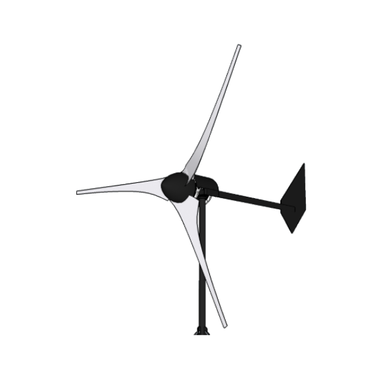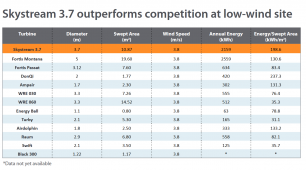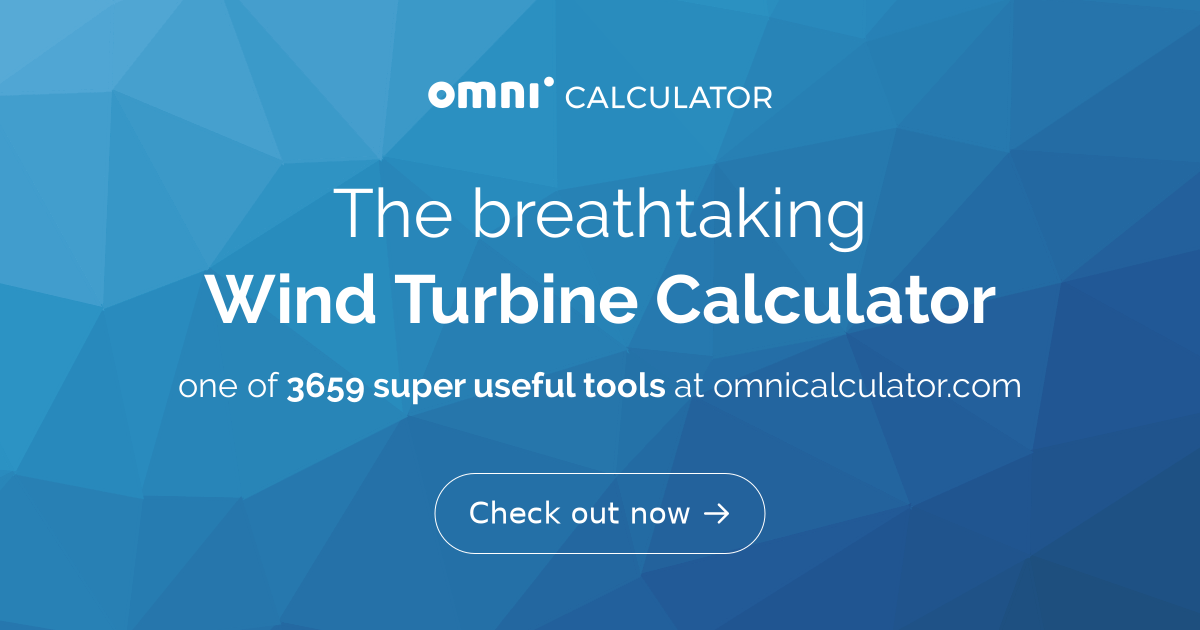sunshine_eggo
Happy Breffast!
The clamp meter and weather station have some inefficiencies, I'm sure. That is the data I gathered, along with my original post.
Weather stations tend to sample several seconds apart (mine is like 18 seconds). I'm just saying that there's no way your turbine is collecting 28W in 3mph wind. That's below the start-up speed. I'm saying in order for your turbine to collect 28W, wind has to be moving at 11.5mph.
If your wind turbine is significantly higher than your weather station, you're going to get faster wind speed. If your anemometer is influence by turbulence from structures, it will typically read lower.



![20221025_125815[1].jpg 20221025_125815[1].jpg](https://diysolarforum.com/data/attachments/117/117829-b103fc828b225ecfdf057dcd694e639b.jpg)


